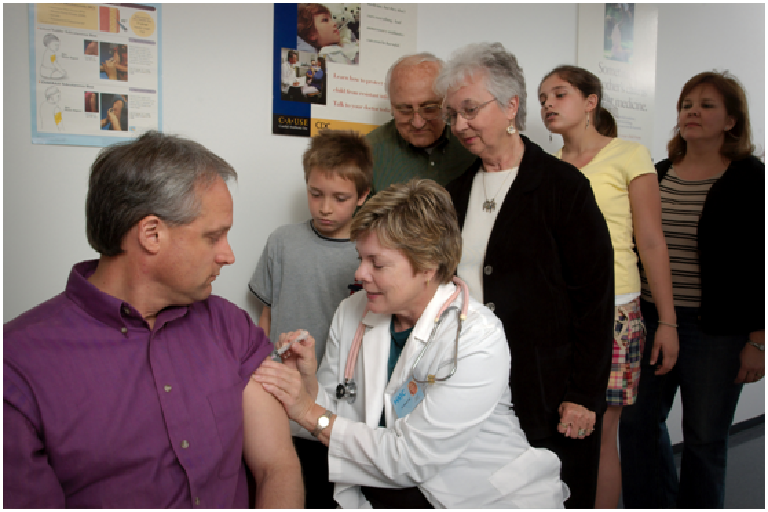5 Examples of Modern Medicine’s Remarkable Ability to Adapt
The medical world continues to astound us, and with good reason. Read about some of the most outstanding moments in modern medicine below, and how they exemplify the discipline’s ability to adapt to global concerns and needs.
1. Vaccines
Never before in our lifetimes has the incredible power of inoculation been more apparent than it is now, at the beginning of 2021. Throughout history, the global community has been threatened in myriad different ways by viruses as diverse as influenza, tuberculosis, smallpox, polio, the measles and rubella; these viruses would continue to present a daily source of anxiety if it weren’t for our ability to begin vaccinations against them in patients, starting from a very young age.
While much of medicine is marked by progressing upon pre-existing ideas, and advancing theories and techniques which have posed a problem for millennia, plenty is governed towards adapting our understanding to encompass new and pressing threats – most recently, Covid-19, for which multiple vaccines are now available.
2. The Self-Retaining Retractor
Since the dawn of modern surgery, the surgeons’ priorities have been largely guided towards accessing the part of the body in need of attention, while minimising the size of the incision and ensuring that the risk of infection is minimised as much as possible.
For many years now, surgeons have utilised different methods for retraction for this purpose – devices, or surgical assistants, who can hold open the edges of an incision and ensure a clear field of vision for the surgeon.
Now, however, www.junemedical.com have adapted the original retractor to be self-retaining and single-handedly adjustable via a strong though easily adjustable frame. Now, surgeons hold full control over retracting incisions, meaning that visibility can be achieved with fewer personnel, and a lower risk of infection.
3. In Vitro Fertilisation
There exists an incredibly long list of instances where medicine has been able to adapt itself to accommodate those who, even just a few decades ago, would have faced no other option than to suffer in silence.
The miracle of in vitro fertilisation first came to widespread attention in 1978, when the first baby – Louise Brown, then known as the ‘test tube’ baby – was born in Oldham, England. Since then, millions of babies have been conceived via this incredible treatment, and parents around the world have been given the opportunity to overcome physical constraints via modern medicine.
4. Blood Transfusions
While blood transfusions may seem like a relatively straightforward procedure, the fact remains that they have only been utilised to widespread success within the medical world for around one hundred and twenty years. Prior to that point, situations that often result in significant blood loss, such as labour or gunshot wounds, featured a devastatingly high mortality rate.
Medicine began to adapt to the need for a way of restoring blood levels within patients back in the nineteenth century, but only after blood types were first categorised in the twentieth century did the efficacy of the procedure begin to show through.
5. Phage Theory
At its simplest, Phage theory is the practice of tackling bacterial infections with viruses. While it showed promise initially, its use was quickly superseded by the introduction of antibiotics, which kill off bacteria without subjecting the body’s immune system to yet another infection in the process.
The vast majority of medical practices and theories that are superseded by others are relegated to the history books, but this is not the case for phage theory. As antibiotic-resistant bacteria grows increasingly common – giving rise to superbugs like MRSA, which currently feature high mortality rates – phage theory is regaining value in the world of medical research, and offers a potential solution to the diminishing efficacy of antibiotics.




















